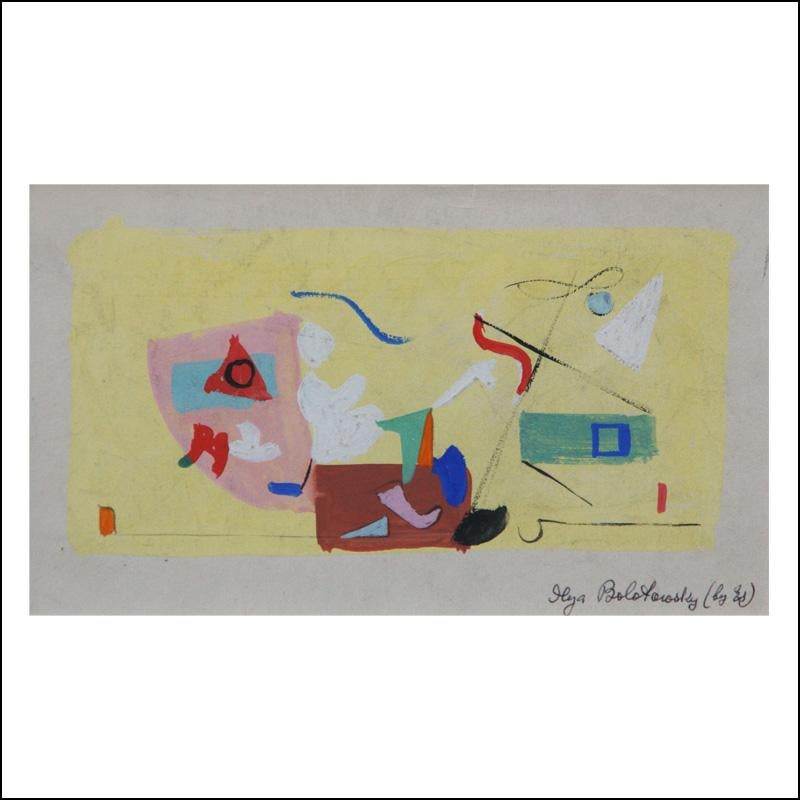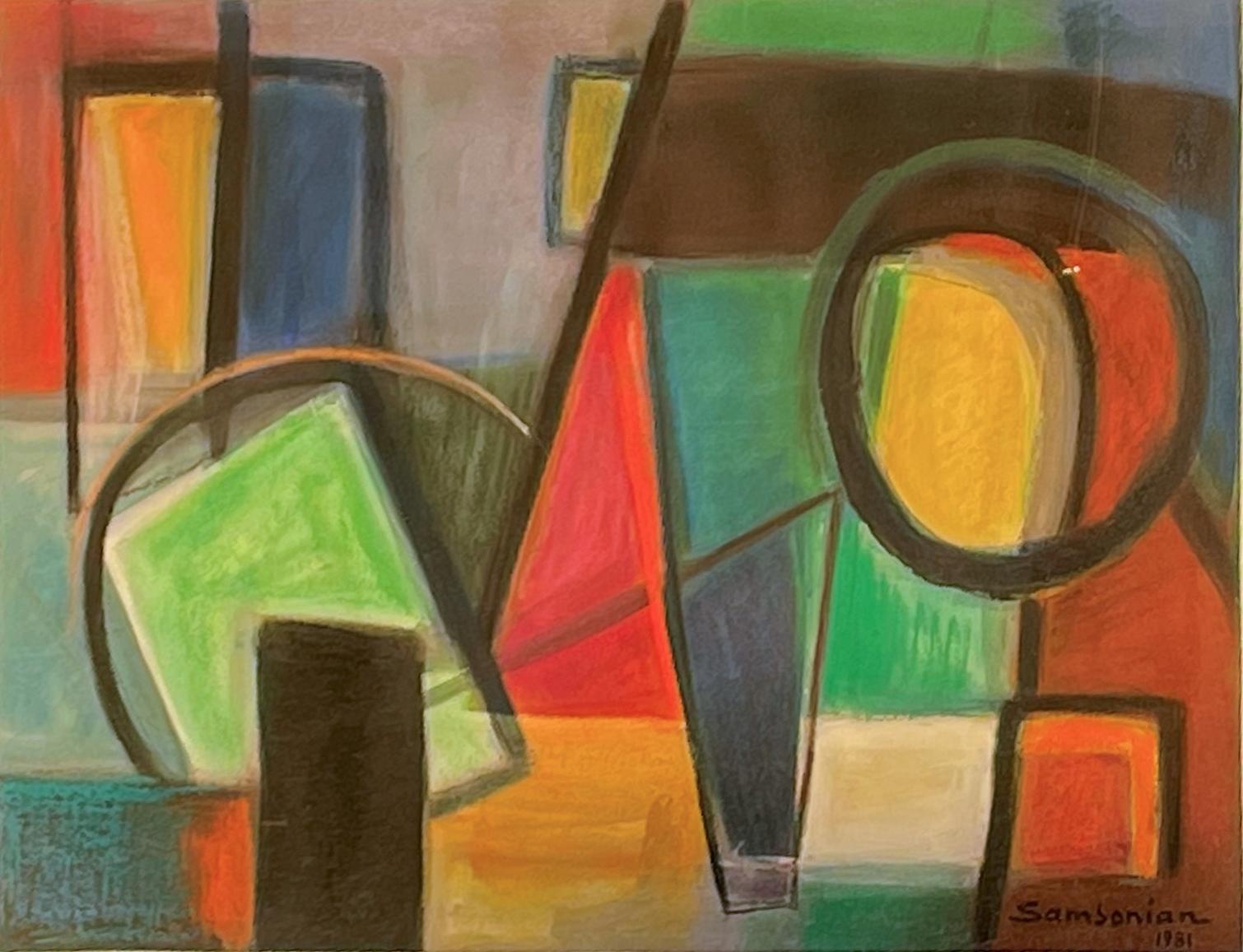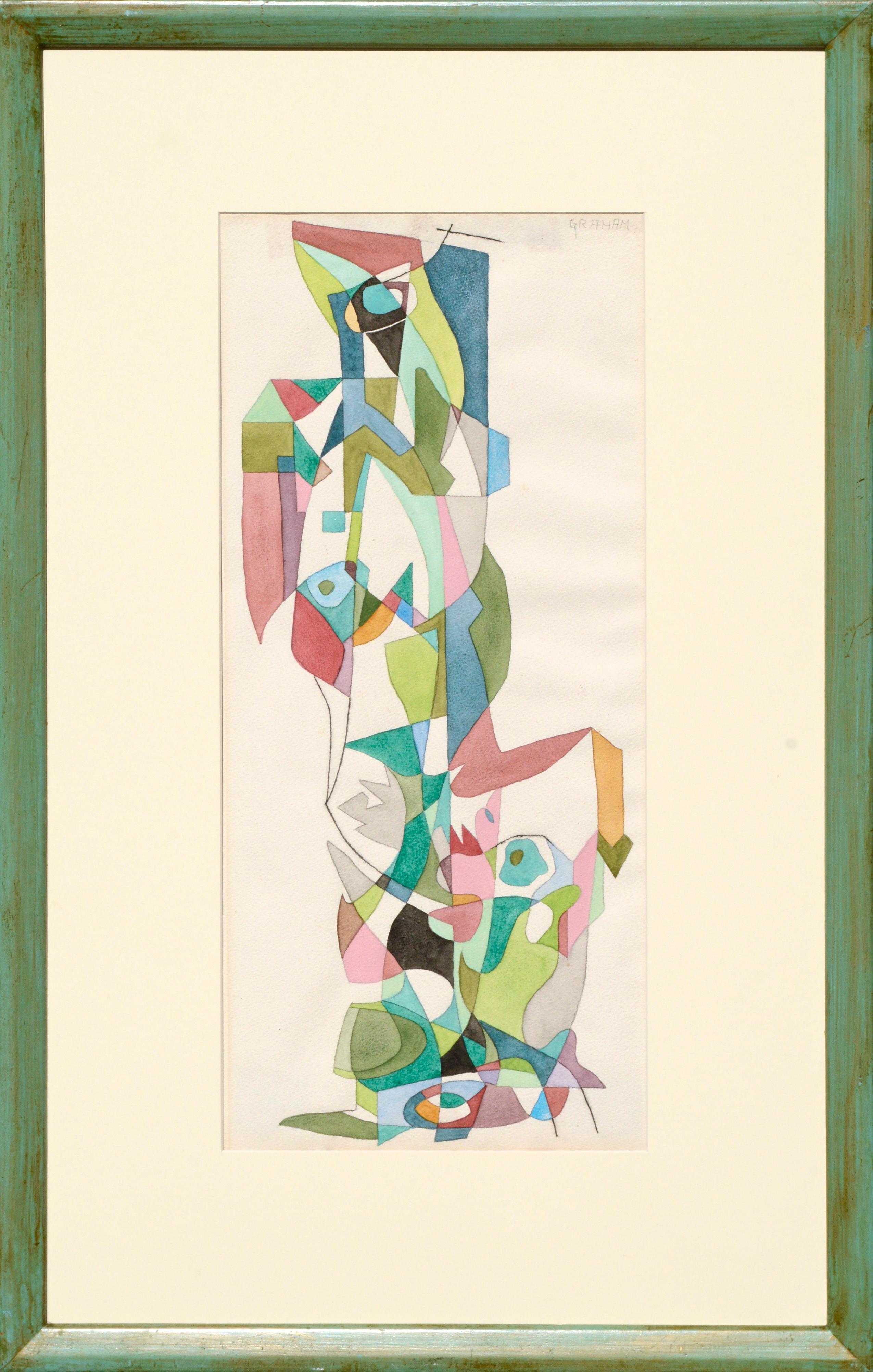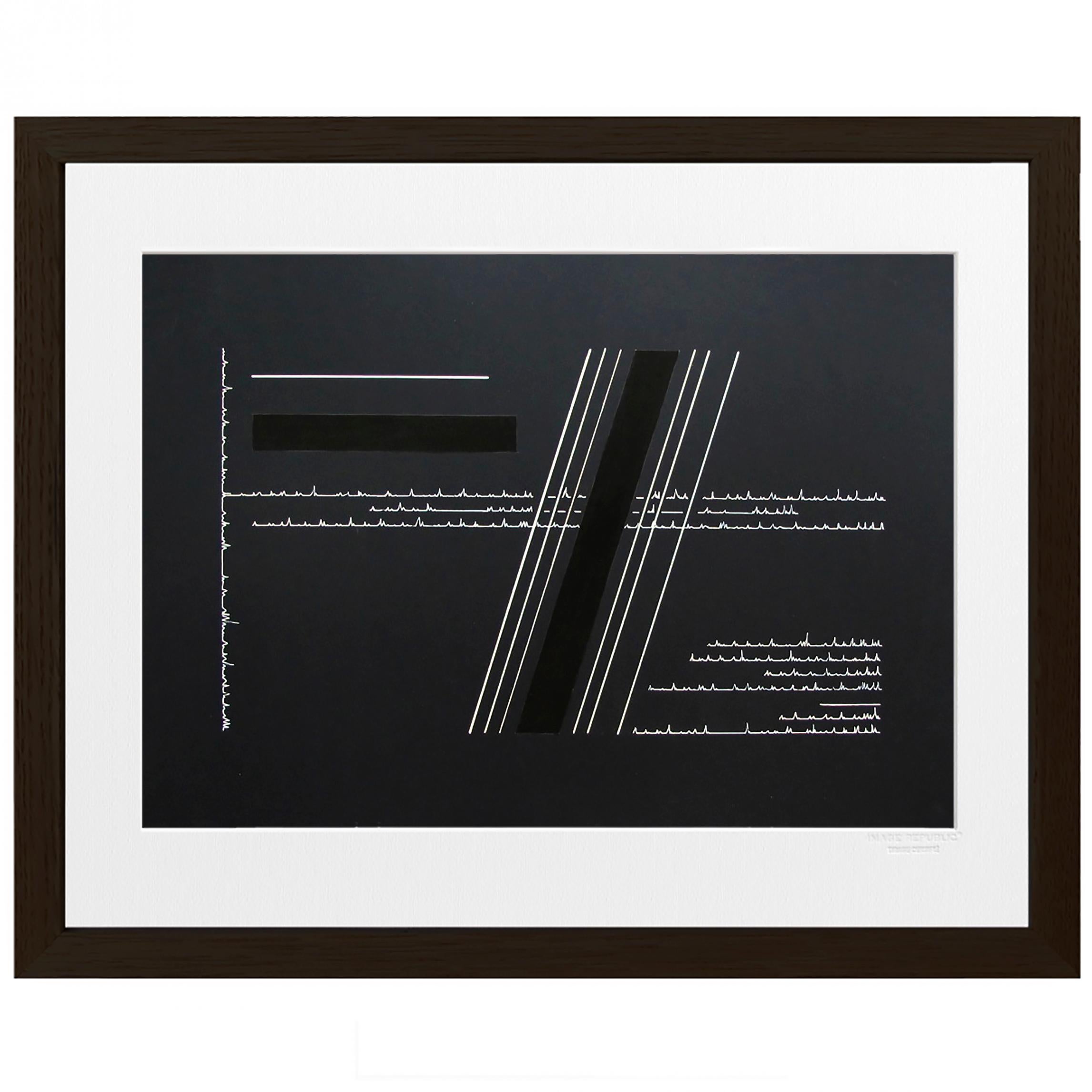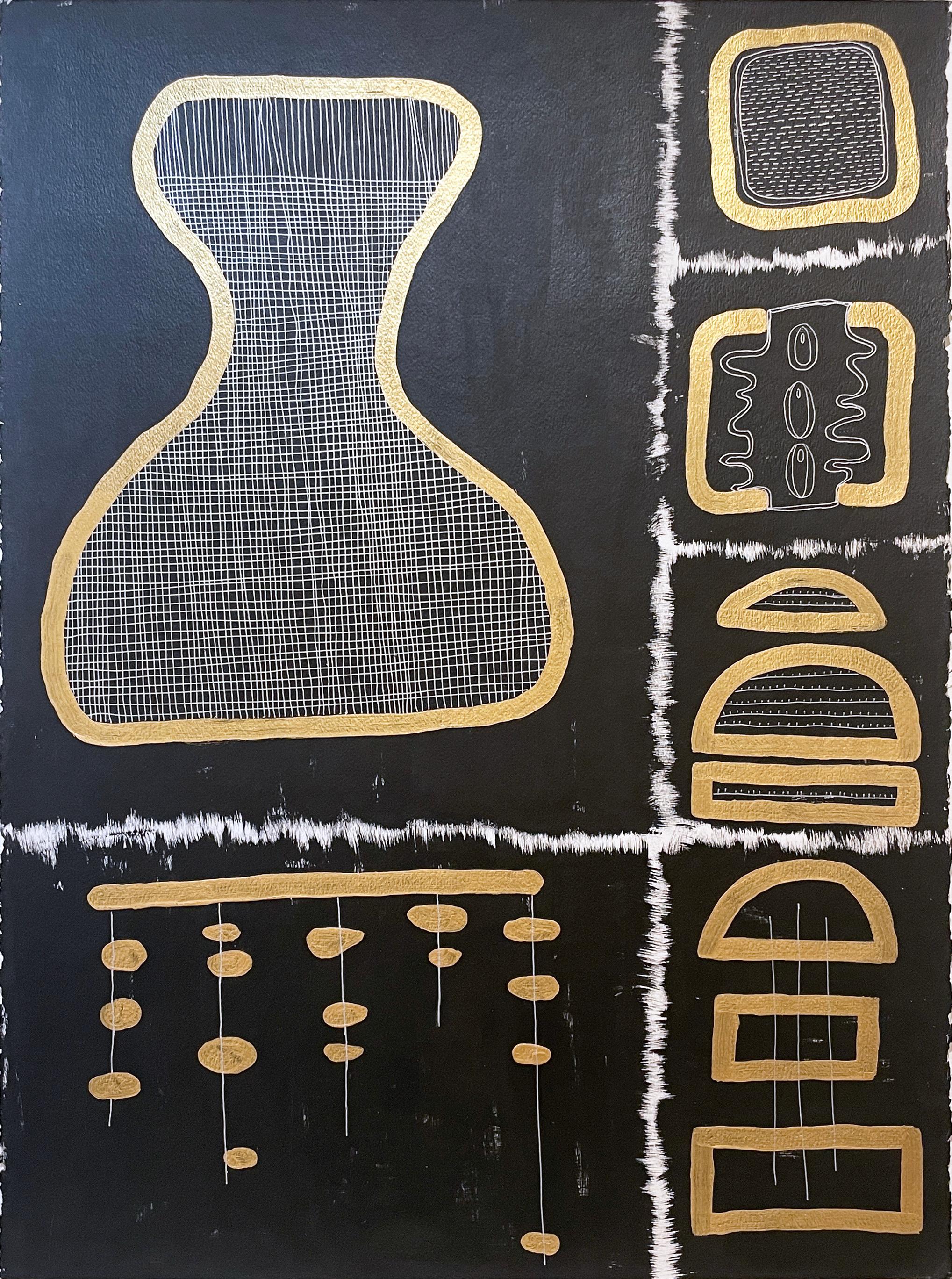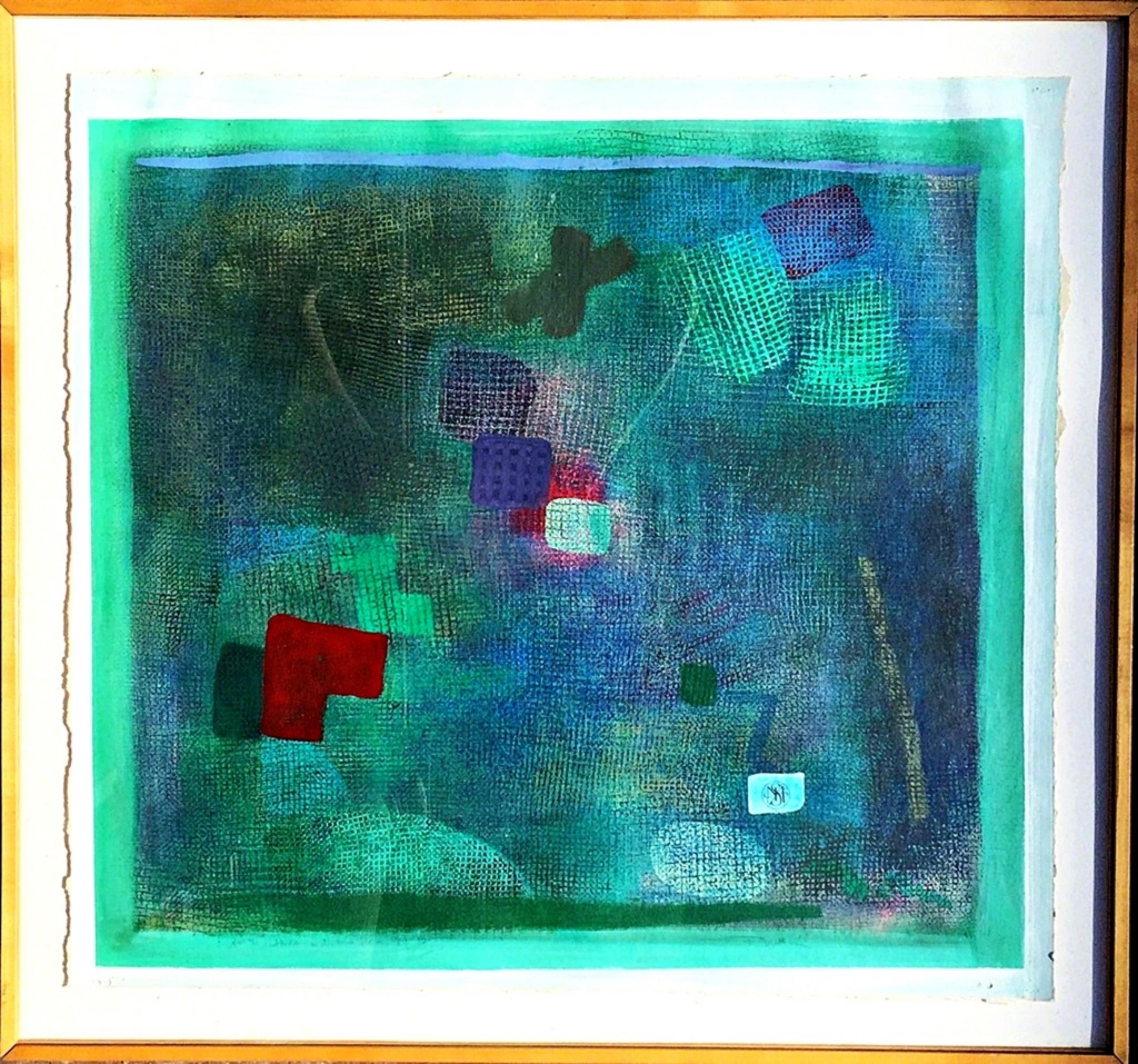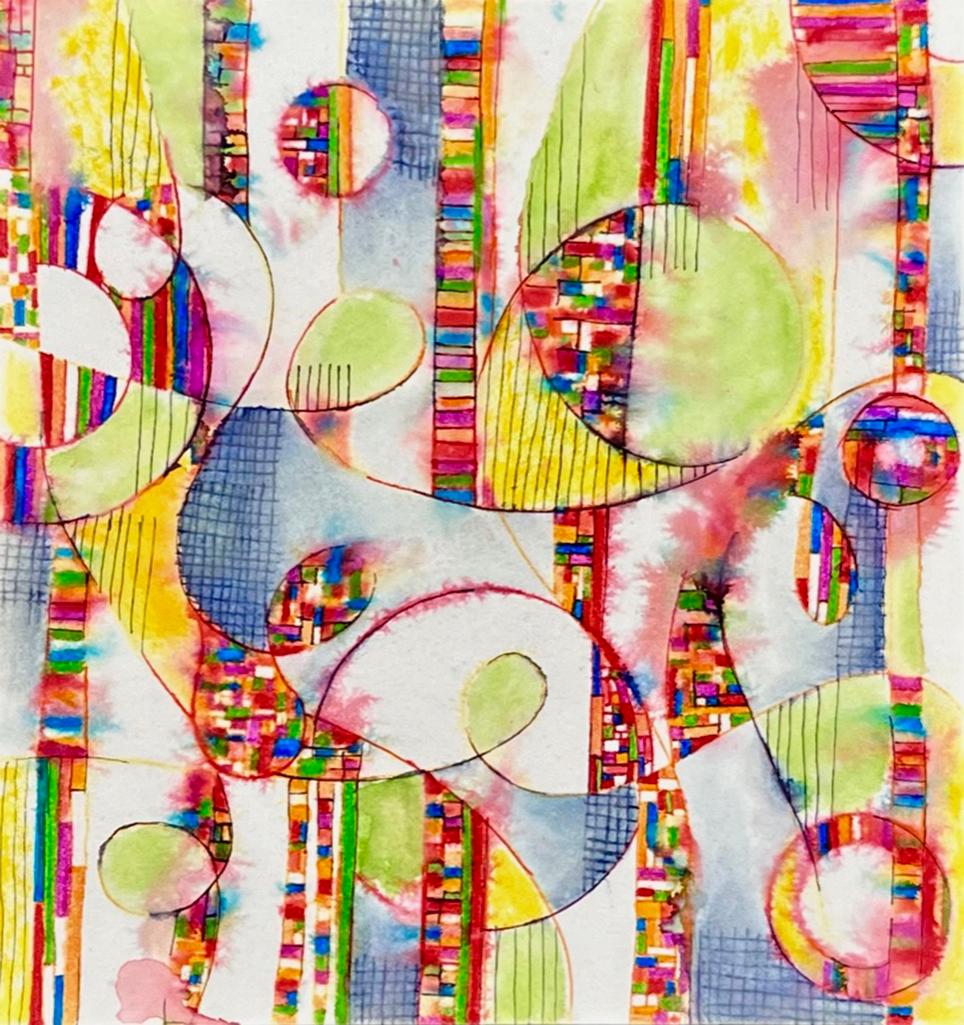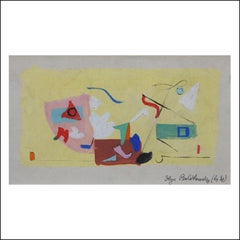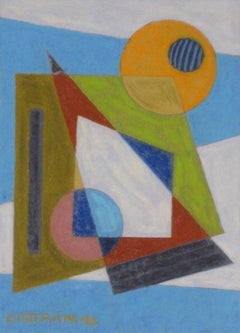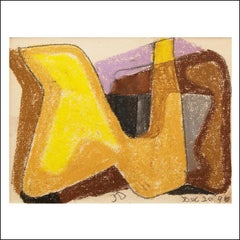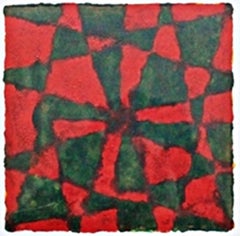
"Colorful Geometric Abstraction, " Simon Samsonian, Armenian Artist
View Similar Items
Want more images or videos?
Request additional images or videos from the seller
1 of 9
Simon Samsonian"Colorful Geometric Abstraction, " Simon Samsonian, Armenian Artist1981
1981
About the Item
- Creator:Simon Samsonian (1912 - 2003)
- Creation Year:1981
- Dimensions:Height: 24 in (60.96 cm)Width: 30 in (76.2 cm)
- Medium:
- Movement & Style:
- Period:
- Condition:Good condition.
- Gallery Location:New York, NY
- Reference Number:1stDibs: LU115627255172
About the Seller
5.0
Platinum Seller
These expertly vetted sellers are 1stDibs' most experienced sellers and are rated highest by our customers.
Established in 2008
1stDibs seller since 2019
More From This SellerView All
- 1, 000 piece Museum Quality Collection of Art & Objects from NYC 1939 Worlds FairBy Ilya BolotowskyLocated in New York, NY1,000 piece Museum Quality Collection of Art & Objects from NYC 1939 Worlds Fair. Ilya Bolotowsky (1907-1981) "1939 World’s Fair Mural Study for the Hall of Medical Sciences...Category
1930s Abstract Geometric Abstract Drawings and Watercolors
MaterialsCanvas, Plaster, Paper, Oil, Gouache
- Abstract Geometric WPA Painting Transcendental Art Modern Non Objective 1940sLocated in New York, NYBorn in Hungary, Bisttram went on to become a prolific artist creating many thousands of paintings and drawings that embraced styles from realism through abstraction. A member of the WPA, he was best known as one of the founders of Transcendental Art...Category
1940s Abstract Geometric Abstract Paintings
MaterialsPaper, Encaustic
- Abstract Non-Objective Mid 20th Century Color Field Painting James DaughertyLocated in New York, NYAbstract Non-Objective Mid 20th Century Color Field Painting James Daugherty James Daugherty (1887 – 1974) "Unidentified Flying Object," 12 x 16 inche...Category
1960s Abstract Abstract Drawings and Watercolors
MaterialsOil, Board
- Abstract Cityscape Mid 20th Century Modern Cubist Work on Paper Drawing ArielBy Clarence Holbrook CarterLocated in New York, NYAbstract Cityscape Mid 20th Century Modern Cubist Work on Paper Drawing Ariel 11 x 4 1/2 inches. Framed by Heydenryk. Provenance: Gary Snyder Fine Art B...Category
1950s Abstract Abstract Drawings and Watercolors
MaterialsPaper, Gouache
- Abstract American Modernism Mid-Century WPA Era Drawing Woodstock 20th CenturyBy Konrad CramerLocated in New York, NYAbstract American Modernism Mid-Century WPA Era Drawing Woodstock 20th Century, Sight size is 16 x 12 inches. The drawing is currently at the framers. A photo will be posted asap. A...Category
1930s Abstract Abstract Drawings and Watercolors
MaterialsPaper, Ink, Watercolor
- American Cubist Abstract Art Deco Avant-Garde Constructivism 20th Century ModernLocated in New York, NYAmerican Cubist Abstract Art Deco Avant-Garde Constructivism 20th Century Modern Florence Henri (American, 1893-1982) Composition 18 1/2 x 12 1/2 in...Category
1920s Abstract Abstract Paintings
MaterialsPaper, Gouache
You May Also Like
- "Colorful Geometric Abstraction, " Simon Samsonian, Armenian ArtistLocated in New York, NYSimon Samsonian (1912 - 2003) Colorful Geometric Abstraction, 1981 Oil on paper 16 x 22 inches Signed and dated lower right Provenance: Estate of the artist This survivor of the Armenian genocide wound up in a Cairo orphanage in 1927. He rose to fame as one of Egypt’s great modernists, but after moving to Long Island late in life he withdrew into anonymity. Now his compelling story is being told. Art historians are finally beginning to realize that the power of abstraction in its early years was a zeitgeist not limited to the major European centers of the avant-garde — Paris, Munich, and Moscow — but one that quickly rippled to major cities throughout the world. Within a few decades that original shock of a new vision had inspired thousands of artists from different cultures — particularly those the Middle East — whose translations were not slavish imitations of works by seminal figures like Picasso, Braque, Malevich, and Kandinsky but creative variants colored by their respective cultures. This essay focuses on an extraordinary Armenian artist, his harrowing survival of the genocide, his rise to fame in Cairo, and his creation of a unique style of abstraction. Art historians have typically formed a chorus that teaches the history of abstraction like this: Just before and during the World War I era, several avant-garde artists emerged to create shockingly different new forms by which artists could express themselves. In Paris, Picasso and Braque broke out with cubism, quickly followed by Mondrian. In Moscow, Malevich created Suprematism, the ultimate hard-edge geometric abstraction. And in Munich, Kandinsky emerged as the father of Abstract Expressionism. Within these few short years a zeitgeist was sensed throughout the art world. American pioneers, too — particularly Stanton Macdonald-Wright and Morgan Russell — felt this explosive freedom of expression. When Europe was recovering after World War I it became clear that Paris would retain its title as capitol of the art world, lasting through the Roaring Twenties and even through the Great Depression. But the end of World War II changed everything. A parallel war had been won by a group of irascible young Abstract Expressionists in New York — led by Pollock, Rothko, DeKooning, and Kline. No sooner had Paris been liberated from the Germans than Picasso, Matisse, Breton, and Duchamp surrendered to the Americans. From that point on New York would be the epicenter of the art world. But a lens that focuses myopically on the war between the avant-garde of Paris and New York misses the wider narrative of multiple aesthetic modernities that developed in the several decades following World War I. For Armenian artists the matter is even more complex owing to the genocide of 1915 where more than 1.5 million people — seventy-five percent of Armenians in the Ottoman Empire — were massacred. Those not shot on the spot were sent on death marches through the Mesopotamian desert without food or water. Frequently, the marchers were stripped and forced to walk naked under the scorching sun until they dropped dead. As a child Samsonian witnessed the murder of his parents and most of the members of his family. Soon thereafter, his older sister, Anahid, quickly shepherded him into a line of children being rescued by Greek nuns. But they became separated and he lost her, too. He was sent to a Greek orphanage in Smyrna (now Izmir), on Turkey’s west coast. Because he only knew his first name, the orphanage gave him a last name based on the place where they found him — Samsun — a major port on Turkey’s north coast on the Black Sea. His birth date was unknown, too. According to Samsonian’s vague recollections he assumed he was about three or four years old at the onset of the genocide, which would place his birth year in 1911 or 1912. In 1922, when Samsonian was about 10, the Turks ended their war with the Greeks by putting Smyrna to the torch in what has been called the “Catastrophe of Smyrna.” Once again, the child was on the run, escaping the fire and slaughter. He found temporary refuge in Constantinople, but within a year that major port would fall to the Turks, too, and become renamed as Istanbul. This time, Samsonian was whisked away to an orphanage in Greece founded by the American charity, Near East Relief — which is credited with saving so many Armenian orphans that the American historian Howard M. Sachar said it “quite literally kept an entire nation alive. Any understanding of Samsonian’s approach to modernism requires careful consideration of the impact of his early years because his art is inseparable from the anguish he experienced. In 1927, when he was a teenager, he was transferred to Cairo, Egypt, then a cosmopolitan city hosting a sizable portion of the Armenian diaspora. There he lived with thirty-two other children on the top floor of the Kalousdian Armenian School. Upon graduating in 1932 he won a scholarship to attend the Leonardo da Vinci Art Institute — an Italian art school in Cairo — where he won first prize in final examinations among one hundred students. He found work with an Armenian lithographic printer and he returned to the Kalousdian Armenian School to teach drawing. In 1939 he married one of his students, Lucy Guendimian. The Cairo in which Samsonian matured as an artist was home to many prominent art collectors after World War I. In this receptive environment Samsonian exhibited widely and won many awards. Beginning in 1937 and for the next thirty years he exhibited annually at the prestigious Le Salon du Caire hosted by the Société les Amis de l’Art (founded in 1921). After World War II he hit his stride as a modernist in Cairo, counting among his peers other artists of the Armenian diaspora such as Onnig Avedissian, Achod Zorian, Gregoire Meguerdichian, Hagop Hagopian...Category
1980s Abstract Geometric Abstract Drawings and Watercolors
MaterialsPaper, Oil
$2,800 Sale Price20% Off - Untitled (unique) signed gouache painting (Framed) renowned Provincetown artistLocated in New York, NYJames Balla Untitled gouache painting, 1992 Mixed Media Oil on Linen Signed and dated on the front of the work; the verso of the frame bears the UFO (Albert Merola) gallery label. F...Category
1990s Abstract Geometric Abstract Paintings
MaterialsMixed Media, Oil, Gouache, Pencil
- Double Pyramid Thought FormBy Matt MageeLocated in Houston, TXMatt Magee Double Pyramid Thought Form, 2019 Oil on aluminum 25 1/2 x 19 1/4 in (64.8 x 48.9 cm) JPHB 5837Category
21st Century and Contemporary Abstract Geometric Abstract Drawings and W...
MaterialsOil
- "Indian Dance", Multicolor Abstract Geometric CompositionBy Ellwood GrahamLocated in Soquel, CABright and colorful abstract geometric watercolor with multicolor connected forms cascading in a dynamic vertical composition by Ellwood Graham (American, 1911-2007). Signed "GRAHAM" in the upper right corner, and "Ellwood Graham" on verso. Circa 1961-1966. The title "Indian Dance...Category
1960s Abstract Geometric Abstract Drawings and Watercolors
MaterialsPaper, Watercolor, Pen, Pencil
- Serie II number 5-combination of minimalism geometric draw and abstract writingBy Nadia BouroumaLocated in Fort Lee, NJSerie II number 5-combination of minimalism geometric draw and abstract writing (semicircle and stripes). Made in black and white, beige colors. Gouache on bulky 250g natural colored...Category
2010s Abstract Geometric Abstract Drawings and Watercolors
MaterialsPaper, Gouache
- Serie II number 14-combination of minimalism geometric draw and abstract writingBy Nadia BouroumaLocated in Fort Lee, NJSerie II number 14 - combination of minimalism geometric draw and abstract writing (stripes). Made in black and white, beige colors. Gouache on bulky 250g natural colored paper Paint...Category
2010s Abstract Geometric Abstract Paintings
MaterialsPaper, Gouache
Recently Viewed
View AllMore Ways To Browse
Sandi Gehring
Russell Shoemaker On Sale
Tiffany And Co Charlotte
Tee Pee
Sol Lewitt Postcard
Tiffany Wisteria Window
Lisa Miceli
Jean Crotti
Joe Royer
Katie Heffelfinger
Hastens Bed
Nathaniel Sirles On Sale
Nettie Burnett
Sung Won Yun On Sale
Zhou Xiao On Sale
Howard Charles Houghton
Canal Street Subway Sign
Carla Aaron Lopez
